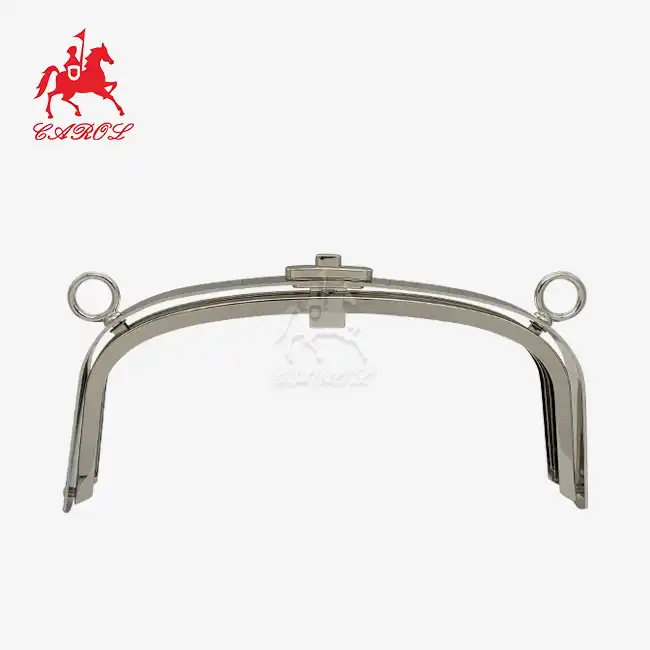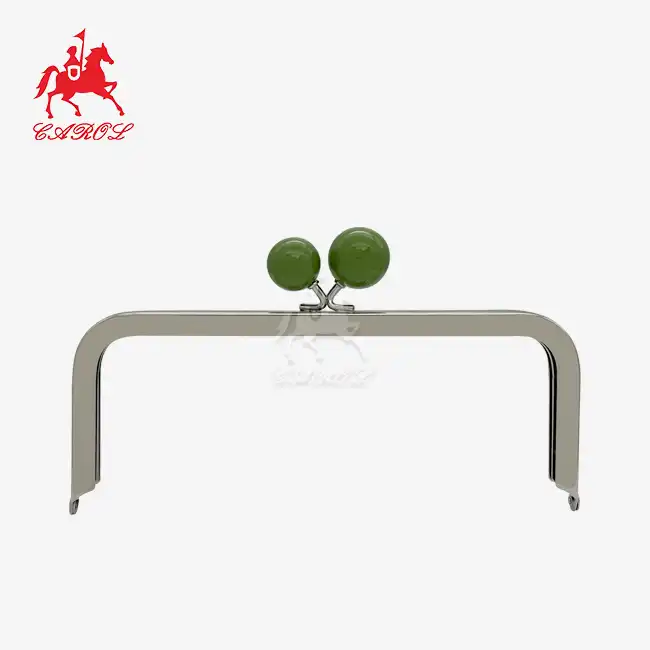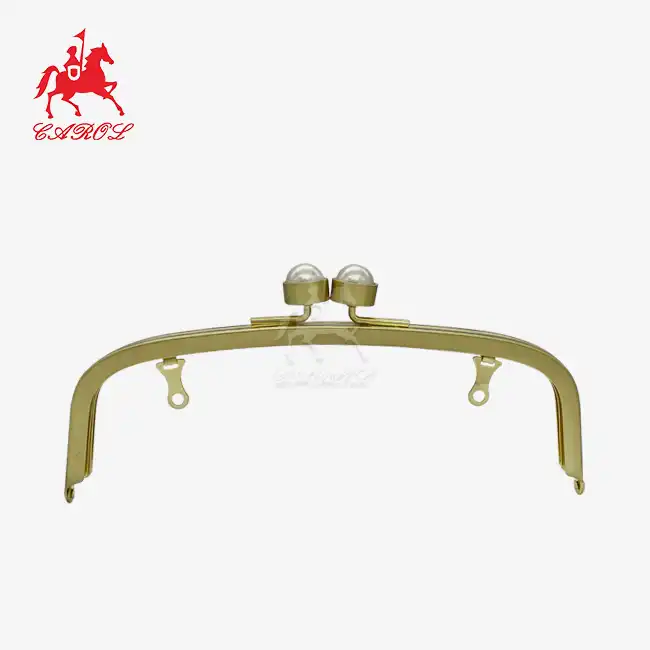What is the difference between lobster clasp and trigger clasp?
Lobster clasps and trigger clasps are two widely used hardware components, but their relationship and distinct features are often misunderstood. While they share similarities, like spring-loaded mechanisms, their definitions, designs, and ideal uses vary significantly, especially across industries (e.g., jewelry, pet gear, bags). Confusion arises because "trigger clasp" can refer to both a broader category of clasps. This article clarifies these distinctions by first defining each clasp and its categorical overlap, then examining their design and operational differences, and finally exploring how these differences shape their applications and durability. By the end, readers will be able to select the right clasp for specific needs, whether for a necklace, dog leash, or backpack.
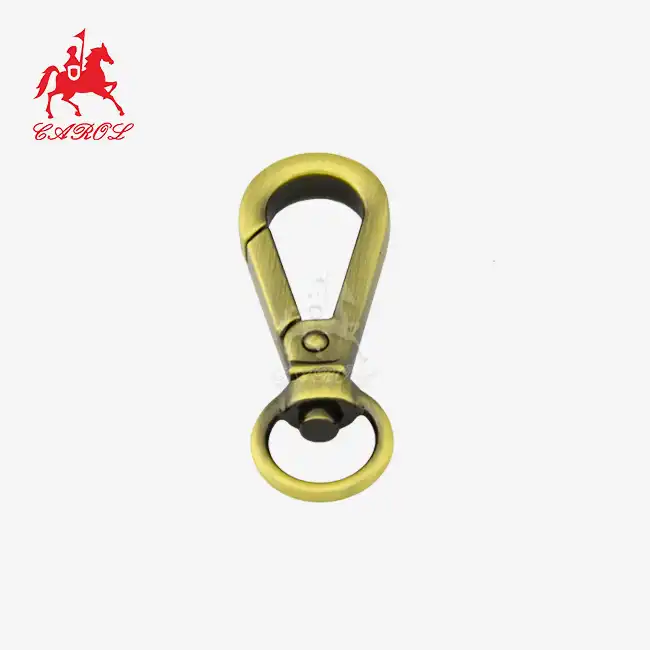
Definition and Categorization: Clarifying Overlap and Distinctions
The first step in understanding the difference between them is resolving their definitional ambiguity. "Trigger clasp" is a flexible term that shifts meaning based on context, sometimes overlapping with "lobster clasp" and sometimes encompassing a wider range of hardware.
Lobster Clasp: Core Definition and Key Traits
A lobster clasp is a specific type of spring-loaded clasp, named for its striking resemblance to a lobster's claw. Its defining features are consistent across all uses: a curved, claw-like metal body, a small internal spring, and a lever (or "pincer") that controls the clasp's opening and closing. In its default state, the spring keeps the lever closed, sealing the clasp's "mouth" to prevent attached items (e.g., a jewelry chain, leash) from slipping out. To open the clasp, the user squeezes the lever—compressing the spring and creating space for a jump ring, D-ring, or chain link to enter. When released, the lever snaps shut, locking the item in place.
Lobster clasps are most commonly associated with jewelry making (e.g., necklaces, bracelets) but also appear in small-scale accessory use (e.g., keychains, lightweight bag charms). Their design prioritizes compactness and security, critical for holding valuable or delicate items. Unlike bulkier clasps, these clasps are discreet, often blending with the jewelry's design while providing reliable closure.
Trigger Clasp: Dual Definition as Subtype and Broad Category
The term "trigger clasp" has two distinct meanings, which are the primary source of confusion with lobster clasps:
Broad Category of Spring-Loaded Clasps: In non-jewelry contexts, such as pet gear, luggage, or outdoor equipment, "trigger clasp" refers to a wider range of spring-loaded hooks that include lobster clasps and other similar designs. For instance, the trigger clasps used on dog leashes or backpack straps may have a more robust, straight-body design (instead of a curved claw) but still rely on a trigger-like lever to open. In this sense, a lobster clasp is one type of trigger clasp, but not all trigger clasps are lobster clasps. This broader definition prioritizes the "trigger" (lever) mechanism over the clasp's shape, grouping all clasps that use a squeezed lever for operation.
To avoid confusion, context is key: in jewelry, "trigger clasp" usually means a lobster clasp or its variant; in heavy-duty applications, it refers to a larger category that includes lobster clasps and other lever-operated clasps.
Design and Operation Mechanism: Core Structural Differences
While lobster clasps and trigger clasps (especially as a broad category) share a spring-loaded, lever-based design, their structural details and operational nuances set them apart. These differences, such as body shape, lever size, and additional security features, determine which clasp is better for a given use case. This section compares their key design elements and how they affect functionality.
Body Shape and Size
• Lobster Clasp: Almost exclusively has a curved, claw-like body. This shape is compact and streamlined, designed to minimize bulk in jewelry and small accessories. The curved body wraps around the attached item (e.g., a chain link) to provide a secure hold, and its small size (typically 5-15mm in length for jewelry) ensures it does not overpower the piece's design. For example, a delicate silver necklace might use a 7mm lobster clasp that is barely noticeable next to the chain.
• Trigger Clasp (Broad Category): In heavy-duty applications, trigger clasps often have a straight, rectangular, or oval body, larger and more robust than lobster type. This shape prioritizes strength over discretion, allowing the clasp to withstand higher tension (e.g., from a pulling dog or a loaded backpack). For instance, a trigger clasp on a dog leash may be 20-30mm in length with a thick metal body to resist bending. Even when trigger clasps are used in jewelry (as lobster clasp variants), their bodies may be slightly larger to accommodate the extended trigger lever, though they still retain a curved claw shape.
Trigger (Lever) Design and Operation
The "trigger" (lever) is the most critical operational component, and its design varies between the two clasps:
• Lobster Clasp: The lever is small, typically integrated into the curved body of the clasp. Squeezing it requires precise finger pressure, often using the thumb and index finger. This design works well for small, lightweight items but can be difficult for users with limited finger strength or for clasps attached to thick materials (e.g., a wide leather bracelet). The lever's small size also minimizes accidental activation; it is unlikely to open if the clasp catches on clothing or other items.
• Trigger Clasp (Subtype and Broad Category): The lever is intentionally larger and more prominent. In jewelry variants, the trigger may extend 2-3mm beyond the clasp's body, making it easier to grip and squeeze. In heavy-duty applications, the trigger can be a separate, ergonomic piece (e.g., a plastic-coated metal lever) that requires less force to operate, critical for one-handed use (e.g., attaching a dog leash while holding the dog's collar). However, the larger trigger increases the risk of accidental opening if it snags on objects (e.g., a brush during a hike), which is why many heavy-duty trigger clasps add secondary security features.
Security Features
To address the risk of accidental opening, trigger clasps (especially in heavy-duty use) often include additional security features that lobster clasps lack:
• Lobster Clasp: Relies solely on the internal spring for security. The spring's tension keeps the lever closed, but if the spring weakens (due to wear or damage), the clasp may open unexpectedly. Jewelry-grade lobster clasps use high-tension springs to mitigate this risk, but they have no secondary lock. This is acceptable for lightweight items (e.g., a necklace) but insufficient for heavy or high-tension uses (e.g., a dog leash).
• Trigger Clasp (Broad Category): Frequently includes a secondary locking mechanism. For example, some dog leash trigger clasps have a small tab that slides over the trigger to prevent it from being squeezed accidentally. Others use a double-spring design, where two springs work together to keep the clasp closed—one for the trigger and one for a secondary latch. These features make trigger clasps (in the broad sense) more secure for high-stakes applications, where a failed clasp could lead to injury (e.g., a dog escaping) or loss (e.g., luggage opening).
Ideal Application Scenarios
The choice between lobster clasps and trigger clasps depends on the item's weight, use case, and user needs:
• Lobster Clasps: Best for lightweight, low-tension items where discretion and basic security are priorities. Key applications include:
- Jewelry: Necklaces, bracelets, earrings (especially delicate or valuable pieces like sterling silver or gemstone jewelry).
- Small Accessories: Keychains, bag charms, lightweight lanyards (for IDs or small tools).
- Craft Projects: Beaded bracelets, DIY hair accessories, or miniature plush toys.
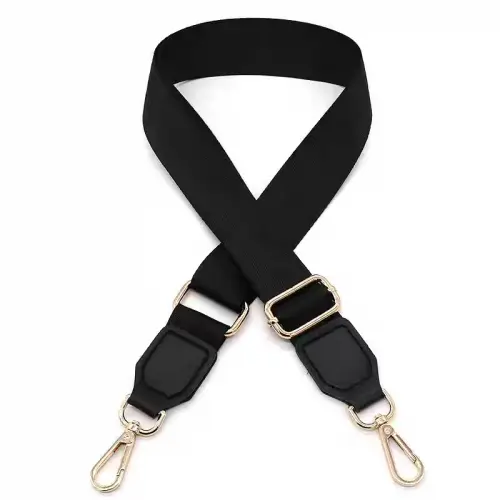
In these scenarios, the lobster clasp's compact size and low profile complement the item's design, while its basic spring security is sufficient to hold lightweight objects.
• Trigger Clasps (Broad Category): Ideal for heavy-duty, high-tension items where ease of use and enhanced security are essential. Key applications include:
- Pet Gear: Dog leashes, harnesses, or cat outdoor leashes (where the clasp must withstand pulling force).
- Luggage and Bags: Backpack straps, luggage tags, or duffel bag closures (where one-handed operation is useful).
- Outdoor Equipment: Tent guy lines, camping gear attachments, or hiking backpack accessory clips (where durability in harsh conditions is needed).
In these scenarios, the trigger clasp's robust body, large lever, and secondary locks prevent accidental opening and withstand wear from tension or environmental factors.
• Trigger Clasps (Jewelry Subtype): Suitable for jewelry that requires easier operation or additional functionality. Key applications include:
- Chunky Jewelry: Thick bracelets or statement necklaces (where a larger trigger makes the clasp easier to use).
- Jewelry for Seniors or Users with Dexterity Issues: Pieces where a small lobster clasp would be difficult to squeeze.
- Active Jewelry: Sports bracelets or travel necklaces (where a swivel trigger prevents chain twisting during movement).
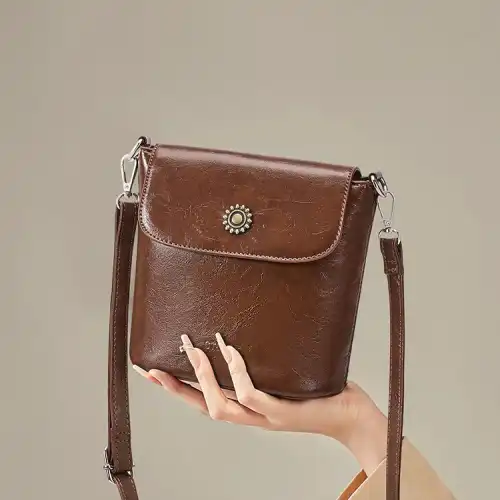
Carol, a professional factory specializing in hardware accessories and metal frames for handbags, leather goods, and luggage, brings years of experience in product manufacturing, sales, and design to the table.
If you're in the market for high-quality lobster clasps or other hardware accessories, don't hesitate to reach out to Carol. Their expertise in OEM/ODM brand processing, coupled with their own electroplating factory, allows them to provide comprehensive service from design to packaging. For more information or to discuss your specific requirements, contact Tony at tony@carolxiao.com. With Carol's ability to customize sizes, colors, and materials according to your needs, you're sure to find the perfect product for your next project.
References
- Jewelry Manufacturing Association. (2024). Clasp Types in Jewelry Design: Lobster vs. Trigger Variants.
- Pet Product Safety Institute. (2023). Hardware Selection for Pet Leashes: Trigger Clasp Durability Standards. Journal of Pet Product Engineering, 10(2), 59-76.
- Material Science for Accessories. (2022). Metal Clasp Durability: Comparing Spring-Loaded Mechanisms. Journal of Accessory Engineering, 8(3), 88-105. 、
- Outdoor Gear Association. (2023). Heavy-Duty Clasps for Outdoor Equipment: Trigger Clasp Design Best Practices.
- Smith, L. M. (2021). Ergonomic Design of Lever-Operated Clasps: Usability Differences Between Lobster and Trigger Types. Human Factors in Accessory Design,
_1753256285958.png)

_1754990596544.webp)
